Swiss cows are essential part of Swiss culture and landscape – so important, it is hard to imagine Switzerland without its cows. Did you know more than 700.000 cows live in Switzerland? Here are some of those amazing animals I’ve had a pleasure to meet on my trips around Switzerland accompanied with some interesting facts about them:
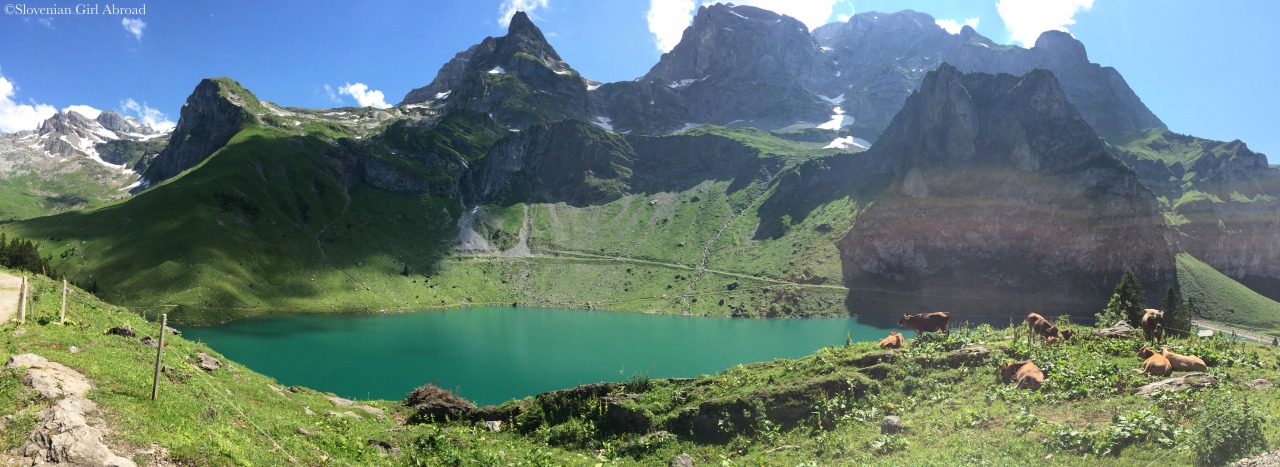
Bannalp
- The most common cow breeds in Switzerland are Simmental cattle, Brown Swiss cattle, Holstein cattle and Eringer cattle.
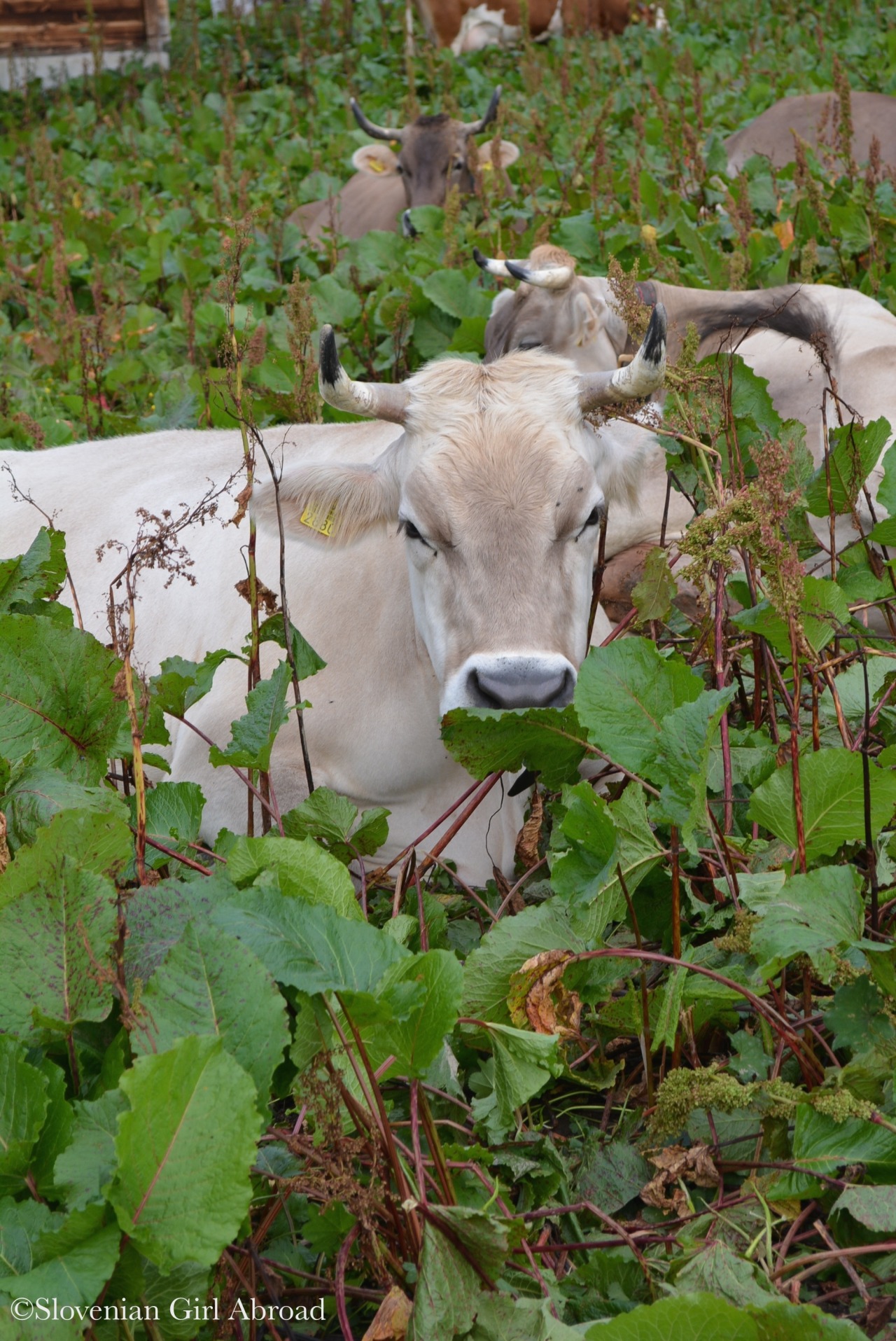
Melchsee Frutt
- The Eringer breed, also nicknamed “Swiss fighting cow” is used in traditional cow fights held in canton Valais.

Oeschinensee
- The most popular names for the Swiss cows are Fiona, Bella, Nora, Sina and Nina.
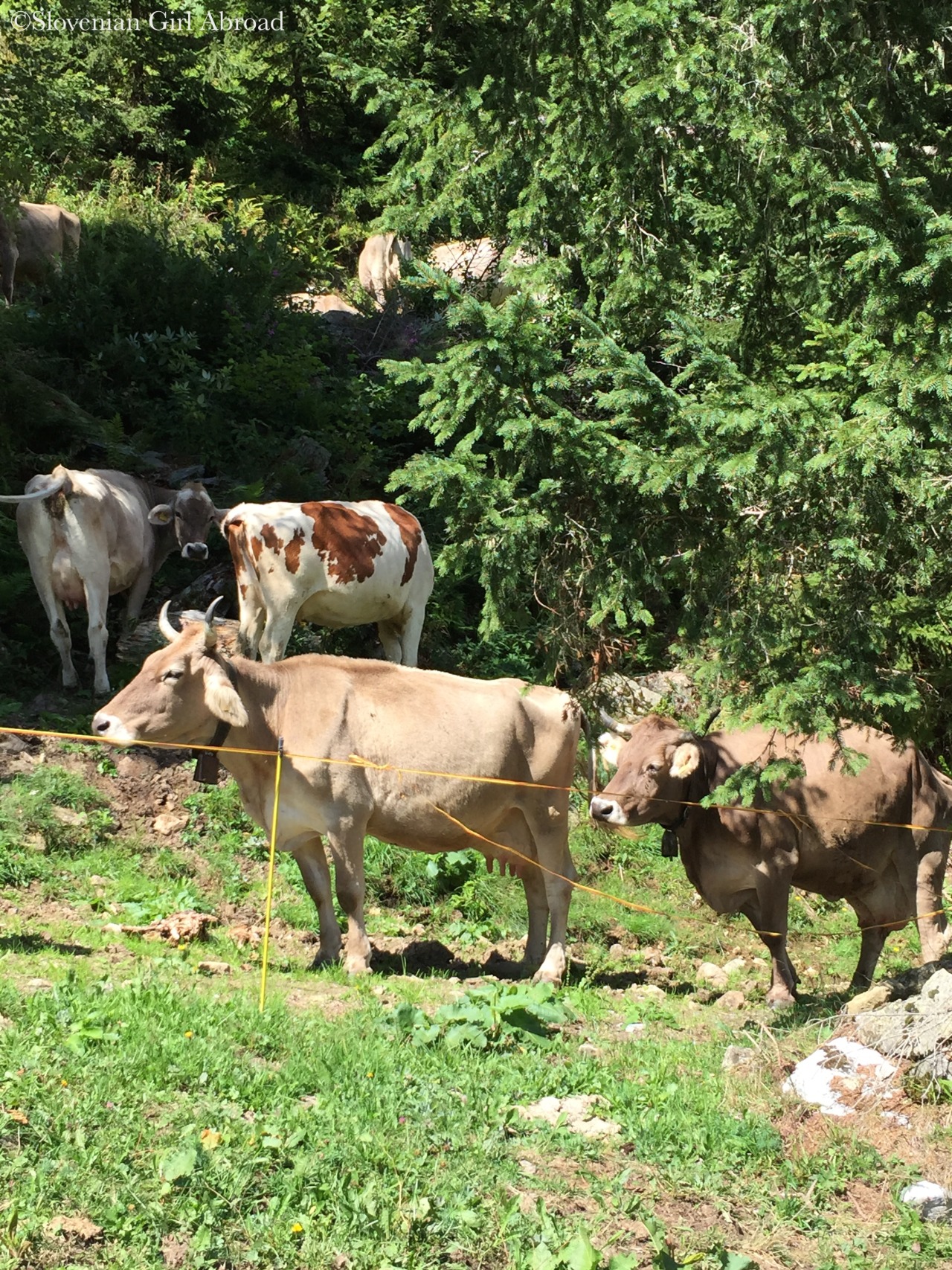
Enroute to the Tällihütte, Grimselwelt
- Average Swiss farmer owns 25 dairy cows, which is low compared to other countries: in the USA average farmer owns 187 cows, and in Italy 46.

Ballenberg
- Average Swiss farmer in the mountainous areas owns 20 dairy cows, while the farmer in the flatlands 29 cows.
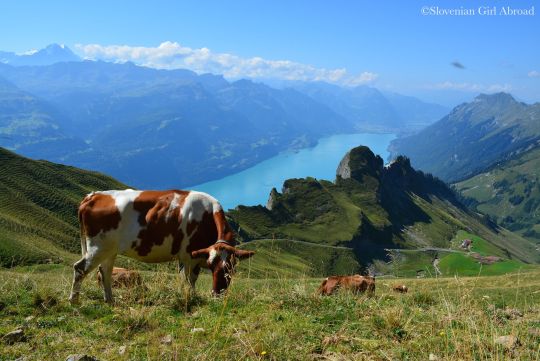
Brienzer Rothorn
- About 53% of milk is produced in the valley areas of Switzerland while 47% in the mountainous areas.
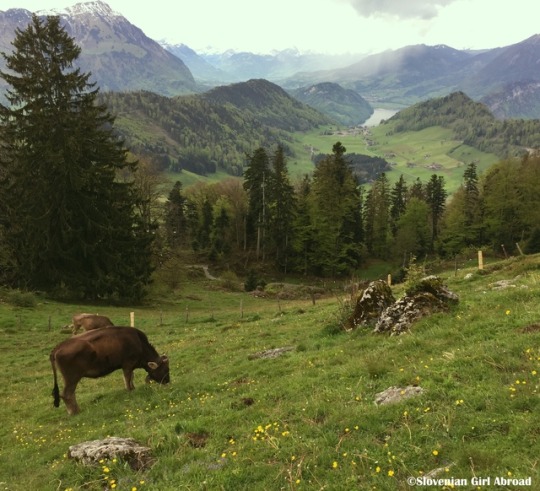
Bürgenstock
- Swiss farmers hang bells around their cows’ necks to make it easier to find them in Alpine pastures. Even some concerns about the impact of the volume of the bell-ringing on the well-fare of the animals has been made, it doesn’t seem Swiss will soon give up this tradition. They perceive cowbells as an essential part of their culture. A Dutch woman was even refused her request for Swiss citizenship because of her campaigning against cowbells.

Kriens
- On average, one Swiss cow drinks daily cc. 50-100l water and eats 70-100 kg of fresh grass (15-20 kg of hay in the winter), 2 kg fodder (grains) and 200g salt.

Rigi
- On average Swiss cow gives daily between 20 and 25l of milk.
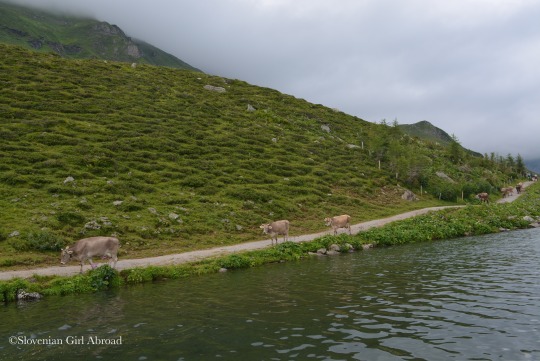
Melchsee Frutt
Sources: Swiss Milk, FDFA, The Local, Rick Steves.


Interesting post. I love spotting cows here in the countryside too. I come from Hindu culture so cows are special animals to us. 🙂 What a lovely scenery around those cows. Beautiful post!
LikeLiked by 2 people
Thank you Pooja!
LikeLiked by 1 person
Great post. There’s something special about hearing those cowbells in Switzerland. When I was up the Rigi in June I found one of those “loungers” and just chilled out listening to bells in the distance. Was just relaxing.
LikeLiked by 1 person
I just adore the bells around their necks. It’s like a fashion statement!! But a great tradition. Our cows in Australia don’t wear them.
LikeLiked by 1 person
I used to participate a “cow bell orchestra” in St.Gallen. Sounds funny at the first few minutes 🙂
LikeLiked by 1 person
Cow bell orchestra? How awesome!
LikeLike
interesting facts! but what about Milka cow?;)
LikeLiked by 1 person
Hehe, no lila cows in Switzerland, I’m afraid. 😉
LikeLiked by 1 person
I have some of those cowbells in my house – they are definitely an important part of Swiss culture (my family is Swiss!). Love the photos… those cows have an amazing view!
LikeLiked by 1 person
I reaaaaaaallly want to hang out with some cute cows with cow bells around their necks backed by rugged mountains and a cute little swiss hut! #FarawayFiles
LikeLiked by 1 person
You really NEED to plan another trip to Switzerland. 😉
LikeLike
Oh we plan too! We still our vignette good for the rest of the year! Thinking about a day trip to Zurich!
LikeLiked by 1 person
That’s great! Zürich is nice town. Not as awesome as Lucerne, but still worth a visit. Let me know if you need any tips before the trip. 😉
LikeLiked by 1 person
This post mad me laugh. An interesting article full of adorable cows with their colourful bells. #farawayfiles
LikeLiked by 1 person
Hehe, I’m happy to hear that. Thank you 🙂
LikeLike
Love cows! Didn’t know there was so much to learn about them
LikeLiked by 1 person
Brilliant! Fighting cows, who knew? Love cows, love Switzerland and love facts. Perfect in every way. Stumbled and pinned #FarawayPlaces
LikeLiked by 1 person
Thank you dear. 🙂
LikeLiked by 1 person
We’ve decided on Appenzell! Going for the weekend of October 6th!
LikeLiked by 1 person
Awesome! Are you going to visit Aescher restaurant? We’re actually plan to visit this area for a while now, but we haven’t manage to get there yet. 🙂
LikeLiked by 1 person
Ya I wanna go up! Just started my research! We could always meet up if you want! I just don’t know yet at the moment if we’re going to go for a full weekend or make just a day trip out of it, which is more likely
LikeLiked by 1 person
I would love to meet you. I’m not sure about my plans on that particular weekend in October. At the moment it seems we’ll be in Switzerland, but we’ll see. Let’s keep in touch. 🙂
LikeLiked by 1 person
What an interesting post, Urska. I love your pictures and facts about cows in Switzerland. I grew up surrounded by cows in Wiltshire so really enjoyed this. Thanks for sharing on #FarawayFiles
LikeLiked by 1 person
Thank you Clare! I’m happy you liked it. 🐮
LikeLike
It’s true, I can’t imagine Switzerland without cows. But what, how and why some people think that the bells are a danger to the cows?? Pardon me for my ignorance but it’s not like the cows are tortured or chained like the elephants, so I fail to see the linkage between volume of the bells and harming the cows. Anyway, good post to share, at least now I know more about cows 🙂
LikeLiked by 1 person
Thank you Kat. 🙂 Apparently, the volume of the bells is so loud, if a human would be exposed to it for 8 hours a day would have significant health consequences. Considering the cows are more sensitive to sound than humans the high volume of the bells definitely effects them. Especially if they have to wear bells for a longer periods. ETH Zürich made a study which discovered the negative effect of wearing bells on cows’ eating behaviour. When they wore bells they eat less.
LikeLike
The landscape of Switzerland is incomplete with these innocent belled cows. 😄
LikeLiked by 1 person
Couldn’t agree more. 🙂
LikeLike
Without *
LikeLiked by 1 person
Tip me about Montreux
LikeLike
What about?
LikeLike
Travelling there for 6 hours
LikeLike
Visit Château de Chillon, stroll along the Lake Geneva and through the streets of the town, hop on the chocolate train to Gruyere and Broc where you can visit cheese and chocolate factories, climb/take a train to Rochers de Naye summit, etc. Too much things to do in a limited amount of 6 hours. 😉
LikeLiked by 1 person
Chocolate train is certainly interesting
LikeLiked by 1 person